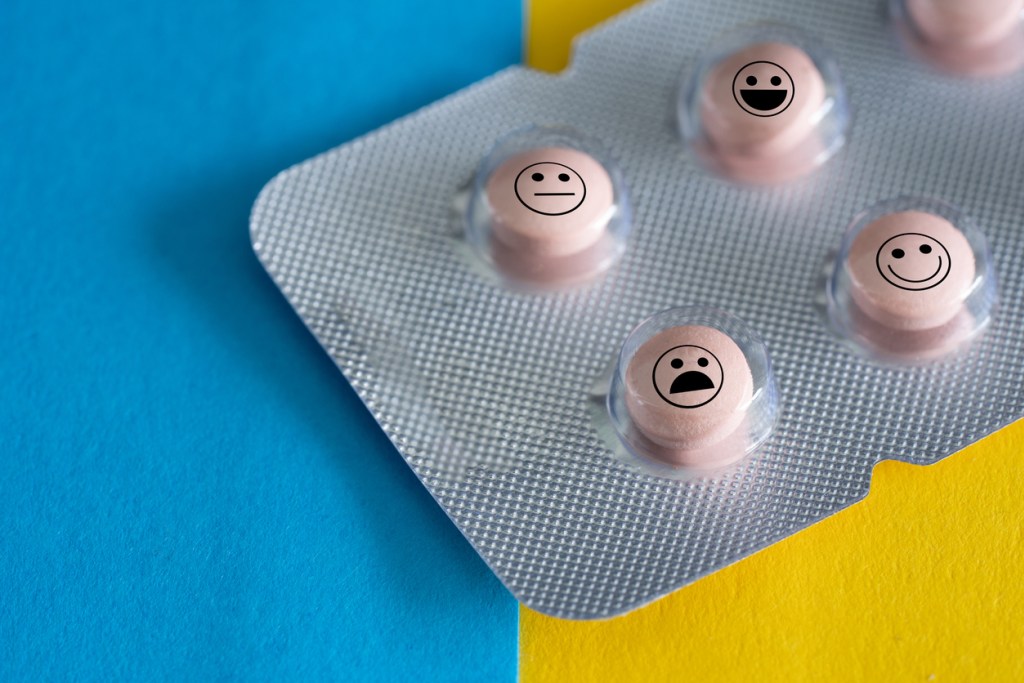In the last few years, the nutraceuticals market has experienced tremendous growth in revenue as millennial consumers – the largest customer base for nutraceuticals – are increasingly conscious of their health and the benefits fortified foods and dietary supplements offer them. Driving the nutraceutical demand are several packaging design trends worth exploring!
Nutraceutical packaging innovation
As consumer expectations are forever changing, key players in nutraceutical packaging must keep a close eye on trends and continuously explore advanced packaging design techniques to retain their competitive advantage. Currently, there is a steady rise in sustainable packaging formats that both facilitate compliance and ensure consumer safety.
1. The shift to sustainable packaging
Eco-friendly packaging solutions are becoming the new norm, and the nutraceutical industry is no exception. The largest trend the sector is experiencing quite evidently in this field right now is designers making the switch from plastic to paper-based packaging formats. Another emerging trend is the use of flexible packaging, the reason being that it not only offers excellent barrier features but is also light-weight and takes up less space during transport.
2. Compliance made easy
Although nutraceuticals are less crucial to the consumer’s health than pharmaceuticals, consumers in this department, too, look for packaging solutions that make it easier for them to control their intake. That means on-the-go formats are trending as well as premeasured, single-dose packaging. Interestingly enough, glass and plastic are still popular despite the shift to paper. More specifically, consumers prefer plastic when it comes to supplements while glass bottles remain the packaging par excellence for powders, tablets and liquids in general.
3. Tamper-evident features
Just like the pharma industry, the nutraceutical industry is plagued by counterfeit products. Hence, nutraceutical packaging designers resort to adding tamper-evident features such as holograms, invisible ink and serialization. Inspired by Packaging Digest

